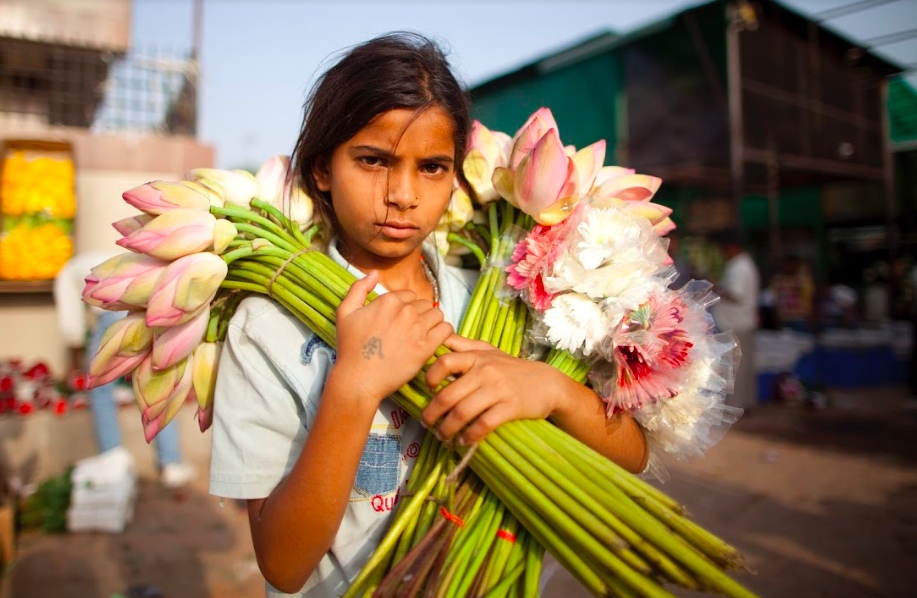
The International Labor Organization defines child labor as “work that is mentally, physically, socially or morally dangerous and harmful to children; and interferes with their schooling by: depriving them of the opportunity to attend school; obliging them to leave school prematurely; or requiring them to attempt to combine school attendance with excessively long and heavy work”.
However, it is important to note that not all work done by children should be considered as child labor. When children engage in work which does not affect their mental and physical development, health, and does not interfere with their schooling, such work is considered positive and necessary for the development of a child. This can include activities such as “helping their parents around the home, assisting in a family business or earning pocket money outside school hours and during school holidays. These kinds of activities contribute to children’s development and to the welfare of their families; they provide them with skills and experience, and help to prepare them to be productive members of society during their adult life”.
As we join the world in this year’s commemoration of the World Day against Child Labour under the theme – Children shouldn’t work in fields, but on dreams, we recognize the challenges facing children in child labor. We therefore join efforts with other like-minded organizations to eradicate child poverty, as a driver of child labour. According to the International Labor Organization “Africa has the largest number of child laborers; 72.1 million African children are estimated to be in child labour and 31.5 million in hazardous work”.
We live in a globalized world where mankind has made strides towards the best technological advancements and frameworks such as the Sustainable Development Goals. Unfortunately, millions of children today are deprived of quality education, basic freedom, good health care, and leisure which are fundamental to their wellbeing and this violates their rights and dignity. Majority of children involve in child labor are into the worst forms of child labor like working mining and hazardous environments.
International Statistics show that, Africa and Asian countries have higher prevalence of child labor. This can be attributed to poverty, conflict, and natural disasters that have characterized these regions in the past. “1 in 5 children in Africa (19.6%) are in child labour, in Asia and the Pacific region (1 in 14)”. For example; in the Democratic Republic of Congo, children abandon school to work in the mines. These activities are not just a violation to their right and dignity but it is also against the right of human being to work. Prevalence in other regions is 2.9% in the Arab States (1 in 35 children); 4.1% in Europe and Central Asia (1 in 25); 5.3% in the Americas (1 in 19) and 7.4% .
In our efforts in ending child labor, we are guided by the Sustainable Development Goal 8 which aims to – Promote inclusive and sustainable economic growth, empowerment and decent work for all, with our focus on the sub-goal 8.7 which aims to – End child labor in all its form by 2025. We also continue to advocate for children’s rights at different levels and we recognize that promotion of such rights upholds a child’s dignity, thus shielding them against child labour. This year, our attention on these rights is even drawn closer with this year’s commemoration of the 30th anniversary of the Convention of the Rights of the Child. The Panama Commitments on Ending Violence Against children also guide us in our work to end child poverty and violence against children, thus consequently ending child labour.
In a nut shell, Child labor has a myriad of effects to children and it ultimately does not only steal the future of children, but it takes them out of the family setting affecting their growth into important people for their communities.


